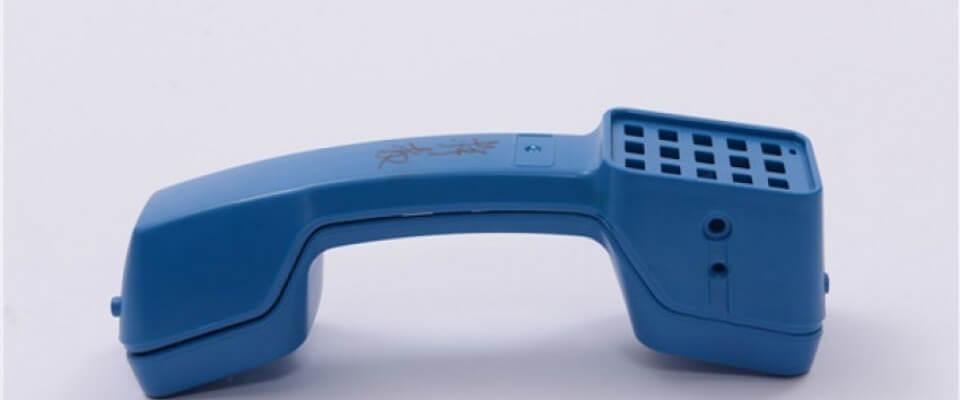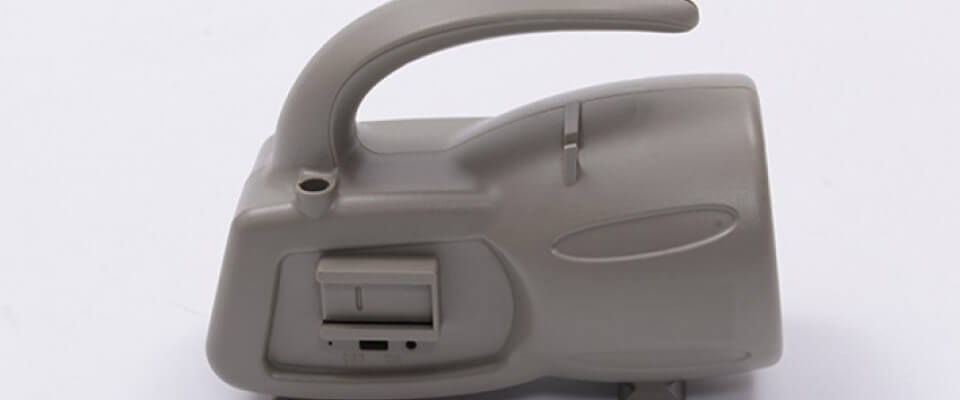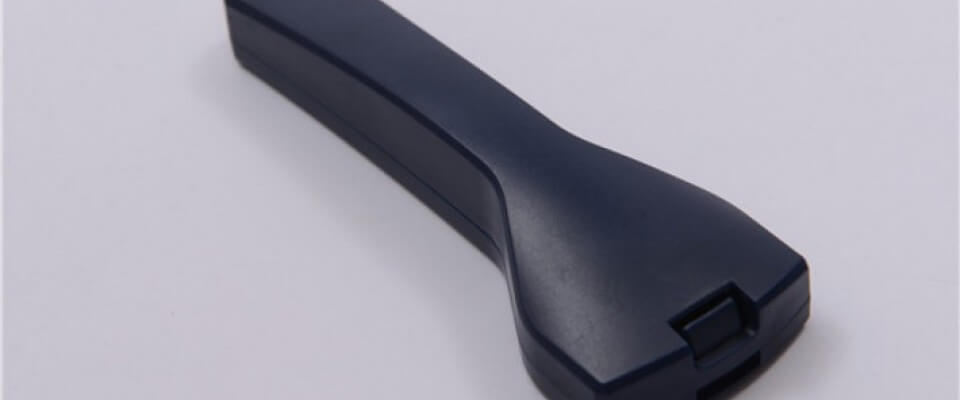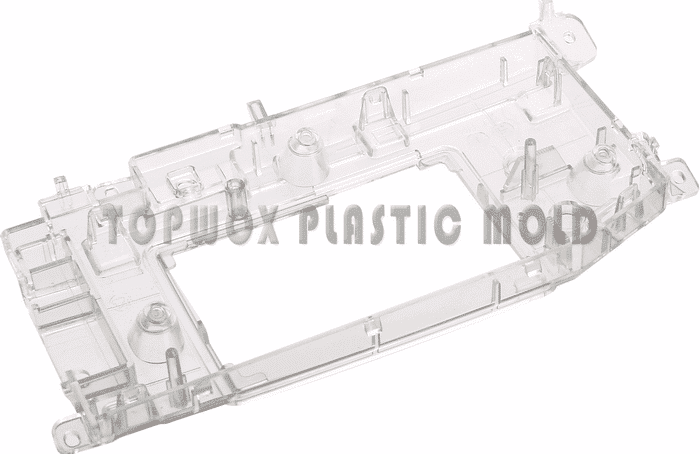Precise injection molding stands as a pivotal method in the realm of manufacturing, facilitating the creation of plastic components characterized by remarkably stringent tolerances, intricate geometries, and precise details.
Table of Contents
This intricate procedure allows for the production of intricate components that would be otherwise unattainable through traditional injection molding techniques.
This comprehensive guide delves into the depths of precise injection molding, providing a thorough exploration of its mechanics, pivotal advantages, employed equipment, design considerations, and more.
Within these pages, you will acquire a comprehensive understanding of this specialized molding approach, a cornerstone for crafting optics, medical instruments, electronics, and other goods necessitating unparalleled precision.






The Essence of Precise Injection Molding
Dubbed both precise and precision injection molding, this specialized iteration of the conventional injection molding methodology establishes itself as an evolved form of its predecessor. Where conventional injection molding achieves tolerances of ±0.005 inches, precise injection molding surmounts this by attaining tolerances of ±0.001 inches, or even tighter margins.
This exceptional level of precision unlocks the ability to produce plastic components of extraordinary complexity, boasting precision-fit assemblies, optical-grade surfaces, and microscopically detailed features.
Rationale Behind Embracing Precise Injection Molding
Several compelling factors underscore manufacturers’ inclination towards adopting precise injection molding instead of the conventional approach:
- Crafting plastic components demanding meticulous dimensional tolerances.
- Shaping complex geometries and intricate details that would elude conventional methods.
- Yielding plastic components with optical-grade surface finishes.
- Facilitating the assembly of high-precision structures comprising interconnected plastic elements.
- Swiftly producing intricately detailed precision plastic parts.
- Substituting machined metal components with molded plastic, thus bridging the gap between design and production.
Industries such as optics, medical devices, electronics, and automotive stand as fervent patrons of precise injection molding, leaning on its capability to yield plastic components of unparalleled accuracy.
Applications of the Craft
The scope of applications employing plastic components crafted through precise injection molding encompasses:
Optical Components
Precision optics encompassing lenses, prisms, mirrors, screens, light pipes, and other optical constituents owe their existence to this methodology.
Medical Devices
From inhalers to surgical implements, the flawless, dependable plastic components vital to medical devices find their genesis in precise injection molding.
Electronics
Precision plastic enclosures, connectors, insulators, and other elements tailored to meet the exacting tolerances of electronics materialize through this technique.
Automotive
Critical automotive plastic parts, ranging from headlamps and dashboards to exterior trims, are meticulously produced via precise injection techniques.
Inner Workings of Precise Injection Molding
While it retains a fundamental kinship with traditional injection molding, the essence of precise injection molding lies in its specialized equipment designed to achieve unparalleled tolerances and consistency:
- Meticulous Mold Design
The mold’s construction involves CNC machining to establish tolerances of 5 microns or less. Every aspect, including surface finish, cooling mechanisms, ejectors, and more, is optimized. - Advanced Injection Molding Machinery
Sophisticated control systems meticulously regulate critical parameters such as temperature, plasticization, injection speed/pressure, and clamping force, assuring reproducibility. - Specialized Plastic Materials
Specific resins boasting highly consistent melt properties, minimal shrinkage, and negligible warpage are harnessed to achieve exacting tolerances. - The Molding Process Itself
With the precision mold securely clamped, plastic is injected under ideal conditions of temperature, speed, and pressure to entirely fill the cavity. - Effortless Demolding
Once sufficiently cooled, the solidified plastic component is meticulously extracted from the mold. These parts exhibit micro-smooth finishes and incredibly tight tolerances. - Secondary Operations (as Necessary)
To yield the final component, supplementary processes such as bonding, coating, or assembly may be employed.
Equipment Essential for Precise Injection Molding
The successful execution of this technique hinges on specialized equipment:
- Precision Injection Molding Machines
Referred to as precision presses, these machines provide:
- Enhanced injection pressure capabilities of up to 4000 psi.
- Precision-controlled, programmable process parameters.
- Repeatedly precise clamping and ejection.
- Consistency in temperature and speed.
- Precision mold mounting platens.
- Precision Steel Molds
These meticulously crafted tools maintain an accuracy within the sub-5 micron realm. Noteworthy attributes encompass:
- Highly polished cavity surfaces fortified with coatings.
- An arrangement of uniformly optimized cooling channels.
- Employment of hardened steel for micro-precise cavities.
- Multi-plate designs ensuring optimal tool stability.
Critical Aspects of Design in Precise Injection Molding
The achievement of plastic parts characterized by astoundingly tight tolerances hinges on the meticulous control of these core factors:
- Mold Precision
The mold’s construction necessitates CNC machining and meticulous attention to precision across all design facets. - Material Selection
The utilization of resins boasting consistent properties, minimal shrinkage, and minimal warpage proves critical in achieving the desired tolerances. - Injection Pressure
Higher injection pressures, reaching up to 4000 psi, play a pivotal role in filling intricate cavities and molding micro features with precision. - Process Parameters
The precise management of injection speed, temperature, clamping force, and cooling is the cornerstone of achieving reproducibility. - Integration of Automation
Employment of computer-controlled processes and automation ensures consistency in material handling and production.
Here is a summary table for injection molding design considerations:
| Design Aspect | Considerations |
|---|---|
| Wall Thickness | does your design meet or exceed the nominal wall thickness? With a consistent wall thickness in the design, will your part cool evenly? |
| Draft Angles | What’s your draft angle to the shrinkage you expect during cooling?Can your part be ejected from the mold easily with the draft angles you have? Are you going to stress your mold with your current design? |
| Corners | Have the corners been radiused to avoid shrinkage, warping, shearing and/or breakage?How are all corners shaped in the mold so enough material can flow in and a consistent wall thickness is maintained? |
| Undercuts | Can you remove any undercuts from the mold design without changing the function of the part?Can the mold be designed to accommodate the undercuts without going over budget? |
| Resin Selection | Does the part design allow for proper flow of resin during injection and will it withstand the pressure required? What can affect the part’s cooling time, finish or other properties? How can you resolve those with changes to the part design and/or resin? |
| Tolerances | How do your part’s tolerances affect the tooling (i.e. changing material for the mold, needing extra quality checks or more complex molds)? How can you address the performance requirements by redesigning the part/mold? |
Balancing Act: Advantages and Disadvantages
Like any manufacturing process, precise injection molding brings with it an array of benefits and constraints:
Advantages
- Exceptionally tight tolerances reaching as low as ±0.002 inches.
- Affords high-volume production with an economical manufacturing approach.
- Empowers the creation of intricate geometries.
- Yields consistent, automated production processes.
- Cost-effective when compared to CNC machining.
- Accommodates the production of miniature plastic components.
Limitations
- Initial investment outlay for precision tooling is substantial.
- Component size is restricted to dimensions beneath 4” x 4”.
- Certain plastics, such as polyethylene, are unsuitable for this technique.
- Rigorous process controls are imperative.
- Secondary operations might be necessitated for finalization.
In Summation
Precise injection molding constitutes an advanced manufacturing technique, facilitating cost-effective mass production of remarkably intricate plastic components. This methodology finds its zenith in industries like optics, medical, and electronics, where the demand for plastic components boasting micron-level precision and accuracy is unwavering. With the appropriate expertise and equipment, the finesse of precise injection techniques can replicate nearly any plastic component design with unparalleled precision.
